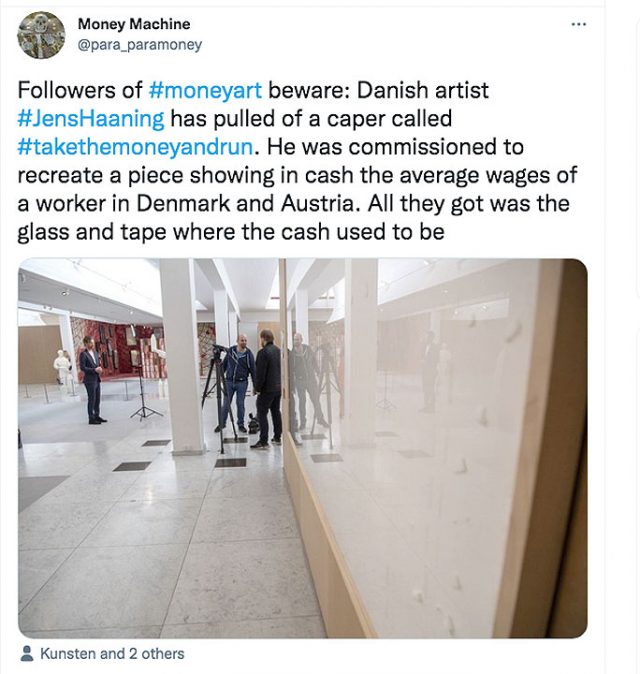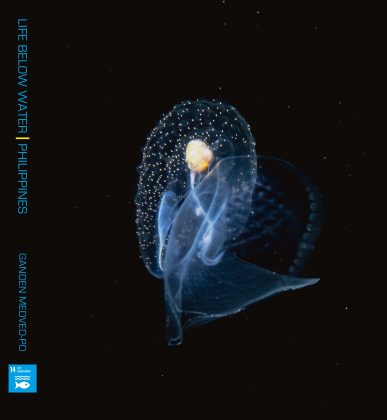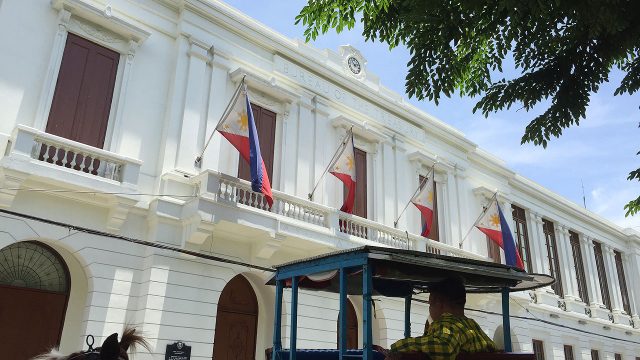Udenna unit’s soundness again questioned in Malampaya sale
SENATOR Sherwin T. Gatchalian, who chairs the Senate energy committee, on Tuesday questioned the Energy department’s evaluation of the financial and technical capabilities of a Udenna Corp. unit in acquiring a 45% stake in the Malampaya deepwater gas-to-power project.
This comes around five months after the Department of Energy (DoE) announced that it had cleared the transfer of Chevron Corp.’s Malampaya LLC’s (now UC38 LLC’s) stake in the indigenous gas field to UC Malampaya Philippines Pte. Ltd.
Based on a document presented by Mr. Gatchalian during a Senate hearing on Tuesday, the department only evaluated the financial capabilities of UC38 LLC, and not UC Malampaya’s.
“UC38 LLC’s available working capital reflected in the unaudited FS (financial statement) as of Sept. 2020 amounting to $177.421 million is more than enough to meet the proportionate financial commitment of $64.455 million for CY (calendar year) 2020,” his office’s internal evaluation dated Feb. 2, 2021 read.
“Hence, FS-CERCD (Financial Services-Conventional Energy Resources Compliance Division) finds UC 38 LLC financially capable as transferee of the 45% participating interest under SC No. 38,” it added.
The senator, however, pointed out that UC38 LLC is the transferor in the share stake deal, adding that the financial capability of UC Malampaya, the transferee, should have been scrutinized instead.
“Based on the financial side of our evaluation, UC38 LLC is a member of the (Service Contract or SC 38) consortium which is why we evaluated them,” DoE Director of Financial Services Araceli S. Soluta said.
SC 38 covers the Malampaya project. Entities that hold shares in the gas field are its operator Shell Philippines Exploration B.V., which holds a 45% stake, UC Malampaya which has 45%, and Philippine National Oil Co. Exploration Corp. at 10%.
During the hearing, DoE’s Ms. Soluta also confirmed that her office evaluated UC Malampaya’s unaudited and unsigned financial statements covering Jan. 1 to Sept. 30, 2020.
Asked why her office was not able to review the audited report covering the period, she answered that the firm did not provide any audited financial statements at that time.
“[But] you can actually request for an interim audited financial statement… We understand that this came in the middle of the year, but these entities can request their auditors to conduct an interim audited financial statement,” Mr. Gatchalian said.
Under a DoE department circular, which details the guidelines for the transfer of rights and obligations in petroleum service contracts, firms can prove financial qualification by “submitting audited financial statements and annual reports for the last three years,” among others.
“I have to remind [that] you are also part of the list of people that certified these documents are thoroughly read, reviewed, evaluated and endorsed for the secretary’s approval,” the lawmaker told Ms. Soluta, referring to a certificate of complete staff work on the UC38- UC Malampaya deal.
TECHNICAL CAPABILITIES
On Tuesday, Mr. Gatchalian also questioned the DoE’s evaluation of the technical of subcontractors that are providing personnel to UC 38.
The work force was retained by UC Malampaya.
“We relied on their submission (to us), and they have passed through our evaluation,” said DoE Director of Legal Services Arthus T. Tenazas, referring to the technical qualifications and work experience of the subcontractors’ respective personnel.
But he said they were not able to talk to them in person or through e-mail to verify the accuracy of their submissions.
Mr. Gatchalian also questioned when the share sale actually occurred, noting that Chevron’s 2020 annual report mentioned that it had “completed the sale of its interest in the Malampaya field in March.”
However, the DoE only cleared the sale in March this year, he added, indicating that there may have been a violation of the consortium rules.
Based on the rules of SC 38, the rights and obligations of a second party cannot be transferred or assigned “without the prior approval of the office of energy affairs.”
“We welcome investors to come in, whether Udenna, Chevron and Shell. We welcome these foreign companies to come in but they have to respect our laws and those contracts that they entered into, particularly service contracts,” Mr. Gatchalian said.
“Definitely, there is a violation of our service contract and the legal department should have recognized that because that will set a bad precedent… We cannot let them do their own transaction[s] while leaving the government hanging… We don’t want investors to take us for granted and view us [as] inutile,” he added. — Angelica Y. Yang














